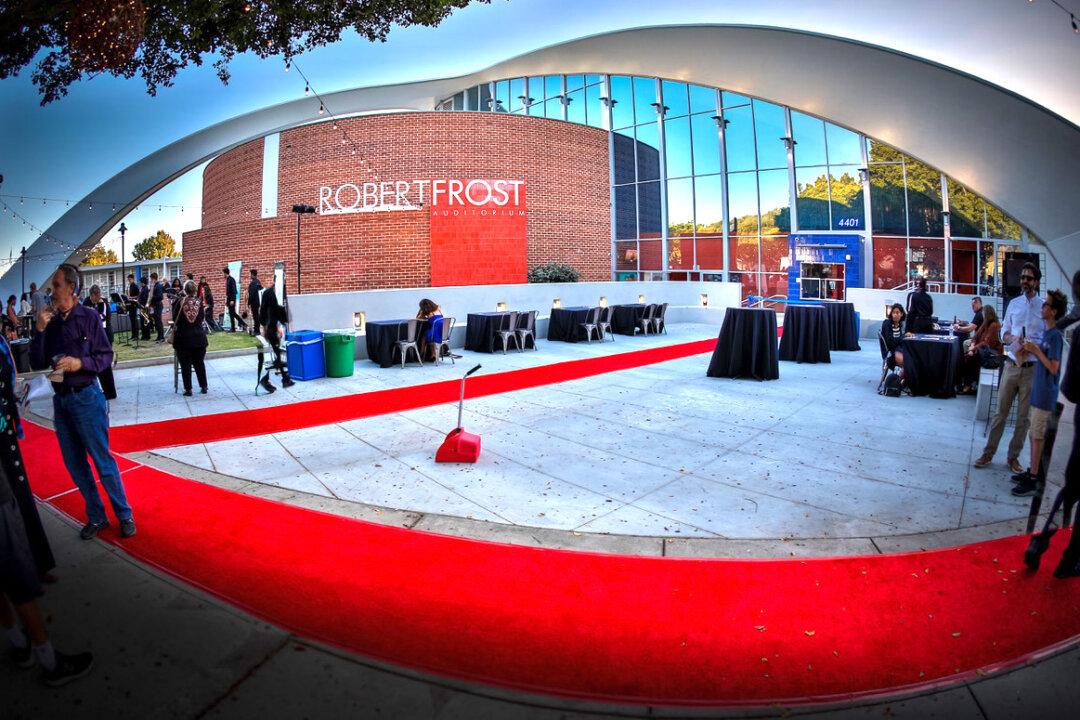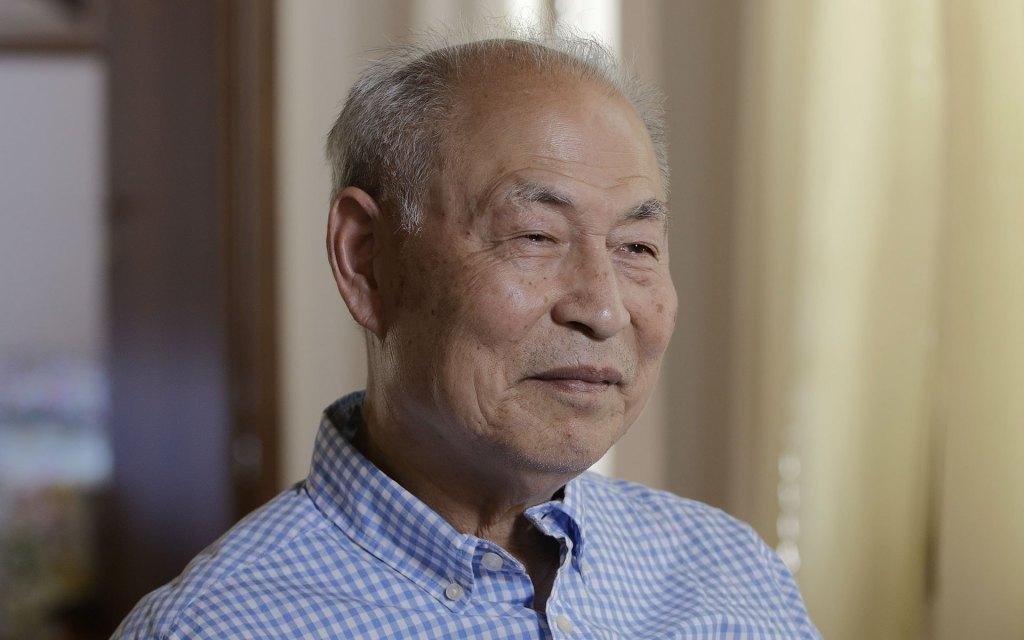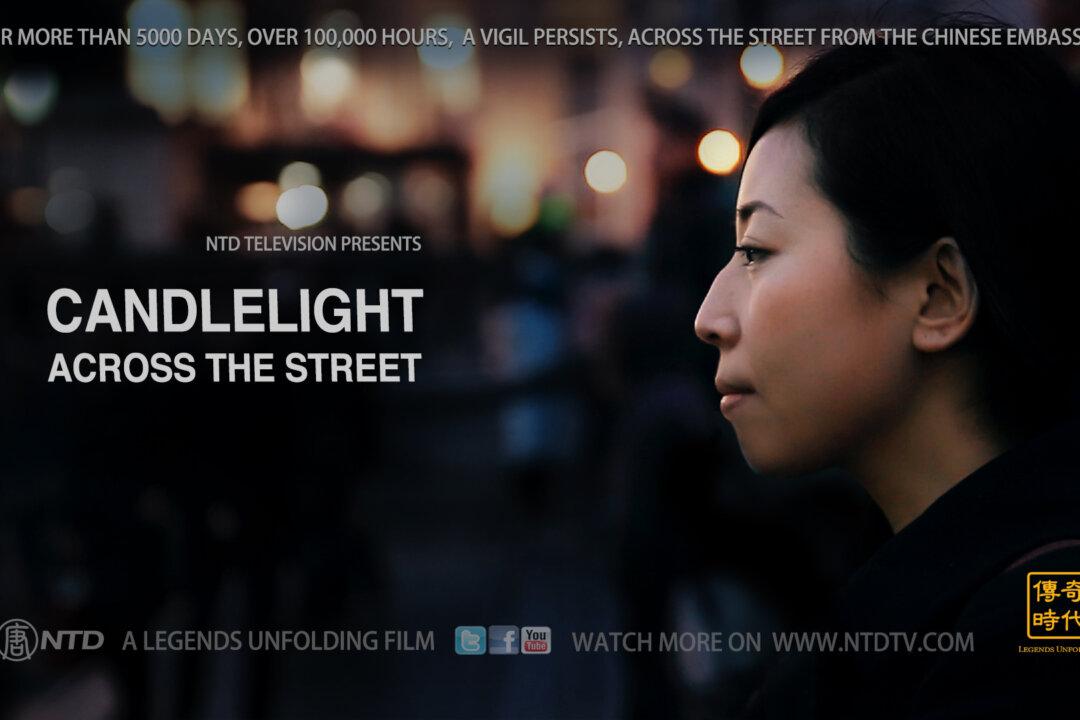The 1,200-seat Robert Frost Memorial Auditorium at Culver City High School has long been an iconic landmark of the city and the surrounding area. The futuristic design has been featured in films such as “Gattaca“ and “Sleeper” and has been called ”one of the most breathtaking Modern buildings ever designed” by the Los Angeles Conservancy.
While the building survived multiple earthquakes, such as the 6.7-magnitude Northridge earthquake in 1994, over the years the auditorium began to show its age, and it was slated for renovation in 2016.




